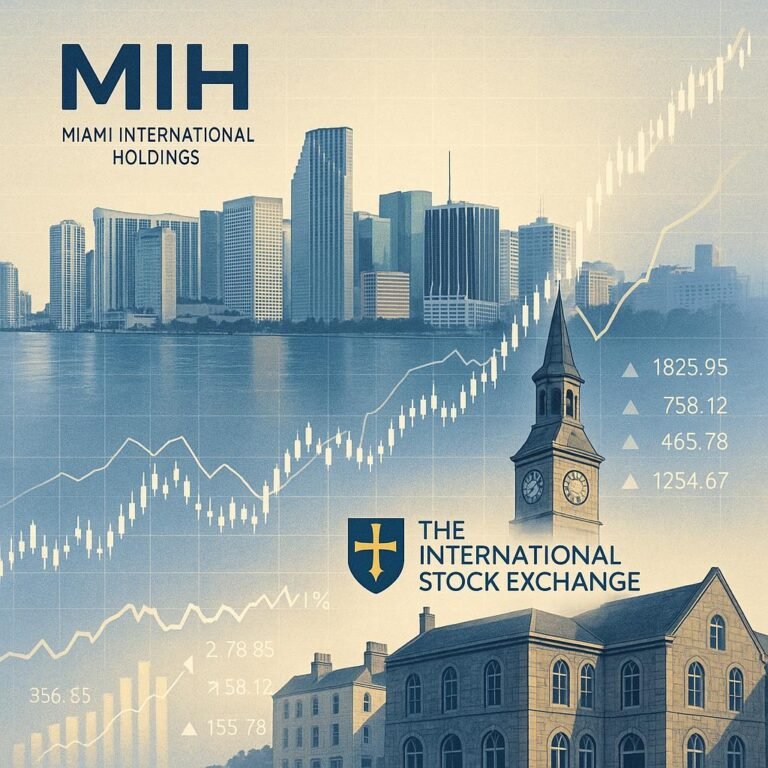Greece Erupts in Nationwide Protests: Two Years After Tempi Rail Tragedy Demands Justice
In a powerful display of collective grief and anger, Greece witnessed massive demonstrations this weekend commemorating the devastating 2023 Tempi rail disaster, where 57 lives were tragically lost. The protests, spanning Athens, Thessaloniki, and extending to 13 international locations, represent a sustained cry for accountability and systemic reform.
Perspective: Grieving Families
For the families of the victims, these protests are more than a political statement—they are a deeply personal quest for justice. Pavlos Aslanidis, who lost a child in the accident, symbolizes the raw emotional core of the movement. His declaration that this is now a “global fight” underscores the universal pain of senseless loss.
Perspective: Government Accountability
The demonstrations directly challenge the Greek government’s handling of the disaster’s investigation. Protesters’ accusations of a potential cover-up and systemic negligence suggest a profound mistrust in institutional transparency. The scale of the protests—nearly 30,000 in Athens and 16,000 in Thessaloniki—indicates widespread public dissatisfaction.
Perspective: Public Safety Concerns
Beyond individual grief, the protests highlight critical questions about Greece’s transportation infrastructure. The chants and signs reveal a broader societal demand for comprehensive safety reforms and genuine accountability.
Perspective: Law Enforcement Response
While most protests remained peaceful, moments of tension emerged in Athens, where police used tear gas and flash-bang grenades in response to some protesters’ aggressive actions. This dynamic reflects the complex emotional landscape surrounding the tragedy.
International Context
The global nature of the demonstrations—occurring in 13 countries—suggests the Tempi disaster has resonated beyond Greece’s borders, symbolizing broader concerns about transportation safety and institutional responsibility.
Conclusion
These protests represent more than a memorial; they are a pivotal moment of collective civic engagement, demanding systemic change and honoring the memories of those lost in a preventable tragedy.







